A soil test is the only real way you can be sure your lawn is getting the proper nutrients.
Whether it’s for your lawn, or garden, a soil test will give you valuable information regarding your soils nutrient levels, as well as pH. Without a soil test, there’s no real way to know the nutrients that your soil needs.
What Do Soil Tests Test For
Different soil tests test for different things. But almost all tests will test for pH. The correct pH is important and plays a big role in the soils ability to absorb nutrients. Most tests will also test for the 3 main macro nutrients which are nitrogen, phosphorus, and potassium. These 3 nutrients are necessary for healthy lawns, plants, and vegetables.
Soil Test Options
When it comes to soil testing do it yourselfers usually do one of two options:
1) Submit a sample to a local University Extension Program or Garden Center. If you’re trying to find where you can get your soil test for free, near you, check out this awesome resource: State By State Soil Testing Labs. This is a fine option but you may be a little overwhelmed when trying to analyze the results. Some of these tests come back with over 10 pages of information and it can be intimidating for the average homeowner.
2) Use a mail in soil testing kit such as Yard Mastery (The Best Option)
My favorite test by far is the mail in soil test kit by Yard Mastery. After ordering, they send you a small kit with everything you need including instructions. You simply take a soil sample from your lawn or garden and place it in the liquid they provide you. Then you mail it back to them and the sample gets tested in a lab. The results come back quickly and in a very clear way. It’s not overwhelming and in fact they give you recommendations of fertilizers that will help you get balanced, or remain balanced.
How to Fix pH Balance
Most grass types and plants grow best in a pH of 6-7. If your pH test comes back low (meaning too acidic) then lime your lawn to increase the pH. If your soils pH is too high make it more acidic by adding sulfur or Ammonium sulfate.
How to Read a Soil Test
Take a look at a soil test results that I got from my lawn last year using Yard Mastery’s test kit:
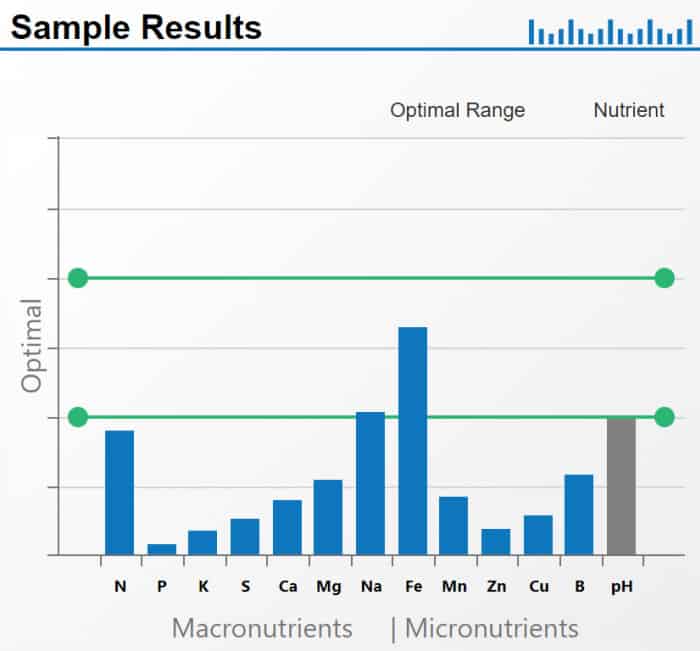
1) Start With pH
Always start with pH. With out the correct pH your lawn won’t be able to absorb nutrients in the fertilizer. Looking at the test results above I know I could use a Lime Application to increase pH. I went ahead and did this in early spring once the soil thawed.
2) Look at Macronutrients
Next, focus on the Macronutrients to the left. The first 3 macronutrients are N, P, and K. These are the most important to focus on and those are the 3 main numbers you see on a label of fertilizer (ex. 24-4-8). To learn more about NPK and how to read a fertilizer label check this out: N-P-K
You can see from the test above that I’m low in Nitrogen, and very low in Phosphorus, and Potassium.
Here’s where things get a little confusing. You would think based off of these results that I should get a fertilizer with a little nitrogen, a lot of phosphorus, and also a lot of potassium and everything should be at optimal levels. But that’s not really how it works.
For the most part your lawn needs, and uses, nitrogen more than the other nutrients. In other words even though the results above show that I’m close to ideal nitrogen levels, I’m going to fertilize with a fertilizer that’s still relatively high in nitrogen because it’s going to get used up at a faster rate. I do however want to make sure that I’m putting down nitrogen fertilizers that contain P (phosphorus) and K (potassium) in a relatively high proportion.
The best analogy I can use to describe this is the human body. Let’s say all your nutrition comes from drinking one special shake a day (not recommended by the way!). Let’s say this shake would need to contain mostly water, some proteins, and even some fat. Think of the water in the shake as being the nitrogen in your lawn.
Now if you go to the doctor and take a blood test and it says your protein and fat levels are low, you need to adjust the shake. The doctor is still going to recommend the shake is mostly water but he will increase the levels of protein and fat in the shake. Therefor the shake will be richer in protein and fat than it was previously. That’s pretty much how I want you to picture your lawns health. Nitrogen is the driver, the other nutrients are there for the ride. This rule can change however depending on the time of year (more on that later).
Based on the soil test above, I came up with a plan to boost nutrients across the board. I started off by using a specialty fertilizer such as Starter Fertilizer 12-12-12. This gave me a good boost in Nitrogen, Phosphorus, and Potassium. All of which I definitely needed. Keep in mind, one treatment may not solve all the problems. It’s just going to get you headed in the right direction.
For my second application 5 weeks later, I went to a fertilizer that contained nitrogen and potassium, Flagship 24-0-6. Then, on my next application I let the potassium take a break and went to Milorganite 6-4-0 , which is high in phosphorus (the middle number). I pretty much switched back and forth between the Flagship and Milorganite, with the exception of a specialty fertilizer in mid summer (see next section).
Specialty Fertilizers and Exceptions
One thing to consider is I’m being a little general in my claim that your lawn needs nitrogen more than anything else. While this is true for most of the year, there are a few exceptions. During times of stress your lawn benefits from backing off on nitrogen and instead going a little heavier on potassium.
Cool season lawns for example can take a beating in the middle of the summer, especially if you don’t have an irrigation system. Instead of pushing blade growth with nitrogen and stressing the lawn out more, it’s wiser to feed with higher levels of potassium and lower levels of nitrogen.
A specialty fertilizer called Stress Blend 7-0-20 heading into summer is a great way to protect your cool season lawn from harsh conditions. This Stress Blend fertilizer can be considered a specialty fertilizer because it breaks away from our rule that nitrogen is most important. Instead, nitrogen is low (7%) compared to potassium (20%).
For warm season lawns, grass is more stressed out when coming out of dormancy in the spring, or heading into dormancy in the fall. In this case the Stress Blend 7-0-20 is needed more in the spring and fall for warm season lawns.
Another example of a specialty fertilizer would be a Starter Fertilizer 12-12-12. This can be used to correct big nutrient imbalances, but it’s not a fertilizer that I would use repeatedly in a lawn care plan. Doing so would cause high levels of phosphorus and potassium.
Overall, it’s important to realize that a soil test should just be used as a guide. It’s a way to point you in a certain direction. There’s no need to get too technical with it. This isn’t perfect math. At the end of the day, the most important nutrient for your lawn is nitrogen (the first number), then potassium (the third number), then phosphorus (the middle number). If you were to just wing it without any soil test at all and apply Flagship 24-0-6 for most of your applications with maybe a few applications of Milorganite 6-4-0, your lawn should be noticeably improved. Don’t drive yourself nuts if you’re struggling to analyze your soil test.
What about Micronutrients?
Don’t go too crazy trying to adjust micronutrient levels if just starting out. The great part about using fertilizers like Milorganite that are mostly organic is they usually have some micronutrients as well. Iron is the most important micronutrient since this will help you get that dark green color. Yard Mastery has a great line of fertilizers that also contain micronutrients so I highly recommend you check them out here: Yard Mastery Fertilizers
Check Out These Posts Next
Follow Me
Join my free email list!


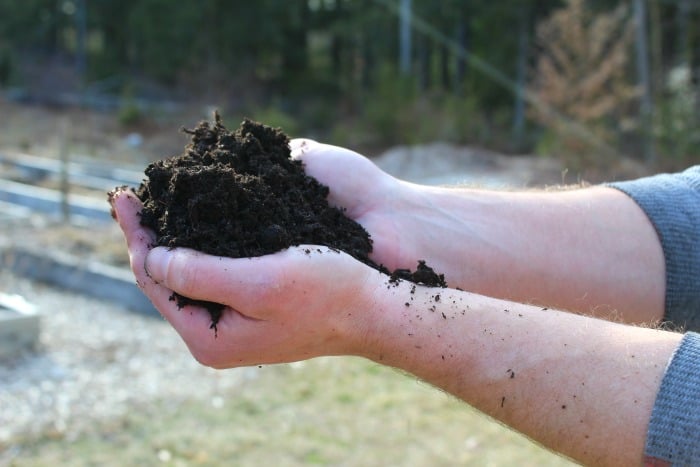
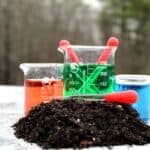
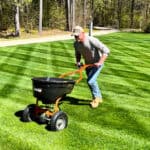
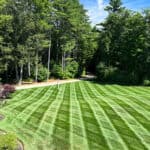

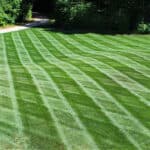

Thanks for detailing that the correct pH is an important component of your soil and determines how well it can absorb nutrients. My dad has been considering buying some land to try and farm on this year because it’s something he’s always had a passion for. I think it would be smart for him to look into having professionals sample the soil he is thinking about so he knows more about it and how much work or nutrients it will need.
There are some inexpensive soil ph testers on the market. Do you know if they are reasonably accurate?
How do I tell if Western WA is a cool or warm soil climate?
Hi Bob, All of the state of Washington is Cool Season grass, check out the map here: https://plantforsuccess.com/cool-season-grass-vs-warm-season-grass/